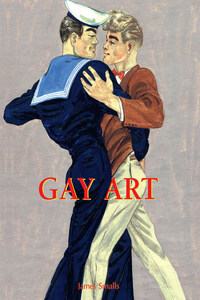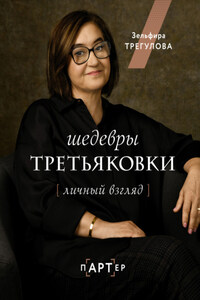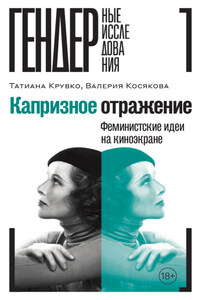Baseline Co. Ltd
61A-63A Vo Van Tan Street
4>th Floor
District 3, Ho Chi Minh City
Vietnam
© Confidential Concepts, worldwide, USA
© Parkstone Press International, New York, USA
Image-Bar www.image-bar.com
© Berenice Abbott
© Ajamu Ikwe Tyekimba
© Francis Bacon Estate, Artists Rights Society (ARS), New York, USA/ DACS, London
© Richmond Barthé, courtesy Childs Gallery
© Mme G. Brassaï
© Romaine Brooks
© Bruce of Los Angeles
© Cahun
© Centro Elisarion
© Tee Corinne
© Jean Delville Estate, Artists Rights Society (ARS), New York, USA/ SABAM, Brussels
© Charles Demuth
© Marcel Duchamp Estate, Artists Rights Society (ARS), New York, USA/ ADAGP, Paris/ Succession Marcel Duchamp
© Rotimi Fani-Kayode/Autograph, Association of Black Photographers
© Leonor Fini Estate, Artists Rights Society (ARS), New York, USA/ ADAGP, Paris
© Wilhelm von Gloeden
© Nan Goldin
© Duncan Grant, Artists Rights Society (ARS), New York, USA/ DACS, London
© Sunil Gupta
© George Hare
© David Hockney
© Holland Day
Art © Harmony Hammond/ Licensed by VAGA, New York, NY
© Mardsen Hartley, Art Museum, University of Minnesota, Minneapolis
© Elisar von Kupffer
© Tamara de Lempicka Estate, Artists Rights Society (ARS), New York, USA/ ADAGP, Paris
© Herbert List/ Magnum photos
© Jeanne-Mammen-Gesellschaft e.V.
© Estate Man Ray, Artists Rights Society (ARS), New York, USA/ ADAGP, Paris
© Copyright The Robert Mapplethorpe Foundation. Courtesy Art + Commerce
© Pierre Molinier Estate, Artists Rights Society (ARS), New York, USA/ ADAGP, Paris
© Catherine Opie. Courtesy Regen Projects, Los Angeles
© Georg Pauli, Artists Rights Society (ARS), New York, USA/ BUS, Stockholm
© Estate of Pablo Picasso, Artists Rights Society (ARS), New York, USA
© Kuzma Petrov-Vodkine
© Pierre et Gilles. Courtesy Galerie Jérôme de Noirmont, Paris
© George Platt Lynes
© Wilhelm von Plüschow
Art © George and Helen Segal Foundation / Licensed by VAGA, New York, NY
© Smithsonian American Art Museum
© Frank Meadow Sutcliffe/ The Sutcliffe Gallery
Tom of Finland 1979 © Tom of Finland Foundation 2008 www.TomofFinlandFoundation.org
Tom of Finland 1986 © Tom of Finland Foundation 2008 www.TomofFinlandFoundation.org
© Andy Warhol Foundation for the Visual Arts, Artists Rights Society (ARS), New York, USA
© Minor White
© David Wojnarowicz/P.P.O.W., New York
All rights reserved.
No part of this book may be reproduced or adapted without the permission of the copyright holder, throughout the world. Unless otherwise specified, copyright on the works reproduced lies with the respective photographers. Despite intensive research, it has not always been possible to establish copyright ownership. Where this is the case, we would appreciate notification.
* * *








